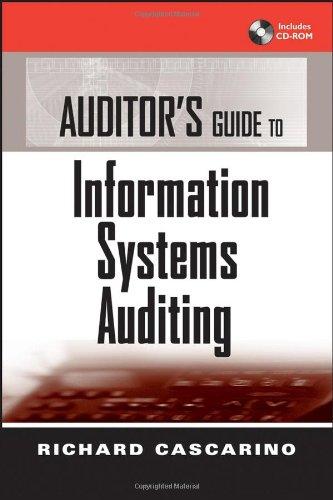Question
Helping the Needy Charity (50 marks) You are the Audit Manager and you are preparing the planning for a new audit client, Helping the Needy
Helping the Needy Charity (50 marks) You are the Audit Manager and you are preparing the planning for a new audit client, Helping the Needy (HTN). It is a very large charity with revenues exceeding $100 million annually and has an April 30, 2016 year end. This is the first audit for HTN. Your firm is excited about this new client and the opportunity to expand its non-profit client base. The HTN Board requested an audit so that the financial statements could be published for existing donors. It would also help attract more donations once people are informed about the good work that HTN does and how efficiently funds are spent for a good cause. The disclosure of the financial information would allow HTN to be more transparent to its donors and beneficiaries regarding its operations, including the financial statements and how donation money is used. You are planning the audit for donation revenue. Donations are received in monetary funds or goods. Monetary donations can be made through cash, cheque or credit card. Donations of goods come in all forms including rare art and jewelry. Monetary Donations Cash and cheques are mostly received through door-to-door canvassing by HTN volunteers. The volunteers go to houses and corporations to request donations. The volunteers carry booklets of donation receipts that they issue to the donors when funds are received. The receipts have carbon copies. The original receipt goes to the donor and the carbon copy is maintained in the booklet. These donation receipts allow the donors to claim a tax deduction for the money donated. If the volunteers run out of receipts while they are out of the office, they make extra copies at any place that provides photocopying services as the receipts do not have serial numbers. The volunteers drop off cash, cheques and receipt booklets with the carbon copies at the end of each month to the corporate office mailroom in envelopes labeled cash donations. The mailroom clerks forward the envelopes either the same day or next day to the Accounting Clerk, Mike Banker. Mike counts all the cash and add up the cheques and records these on the bank deposit slip. The cash and cheques are stored in Mikes desk overnight. The next business day, he takes the monetary donations and deposits them to the bank. Mike then records the donation revenue into the computerized accounting system and the receipt booklets are filed away in a filing cabinet. Credit Card Donations Credit card donations are received through the mail. Donors write their credit card information on the donation form and mail the form back to HTN in pre-addressed envelopes to the attention of Mike Banker. Mike opens the mail and processes the credit card information through the online credit card processing system. Once the batch of donations has been entered, Mike runs the settlement process in the online system. During the settlement process, the credit card companies electronically transfers funds to bank accounts specified by Mike. Mike is also responsible for completing the donation receipt and sending it to the donor. Once the settlement process has occurred and the donation receipts have been sent to the donors, the donation forms are then disposed of in the recycling bin and Mike completes a journal entry to record the credit card donation revenue into the accounting system. Donation of Goods Valuable goods such as jewelry, rare art and precious metals are dropped off at the corporate office. Mike receives the goods, issue a donation receipt to the donor and then store the goods in his office. The amount on the donation receipt is based on Mikes estimate of the goods value that he gets from Google searches of similar items. However, in some cases, the item cannot be found through his internet searches and he then asks the donor what they estimate the value to be. This estimated appraised value of the good is then recorded as revenue or inventory in the accounting system when the goods are sold to a third party. Financial Reporting The Corporate Controller runs the financial statements monthly from the accounting system and performs a cursory review of the donation revenue for reasonableness by comparing current month to prior month donations.
Required (50 marks total):
A) Assess each component of the audit risk model and determine the audit strategy. (20 marks) i) Audit Strategy (3 marks) ii) Audit Risk (3 marks) iii) Inherent Risk, (3 marks) iv) Inherent Risk specific to Revenue Recognition (5 marks) v) Control Risk (3 marks) vi) Detection Risk (3 marks)
B) Describe three fraud risks that may impact the audit program and explain two effects on the audit process. (5 marks)
C) Based on the audit strategy, describe five specific assertions for donations revenue. For each assertion develop a specific audit procedure. (10 marks)
D) Draft the management representation letter that outlines control weaknesses (W), impact of the weakness (I) and recommendations for remediation (R). Using the table format below, discuss the five weaknesses. (15 marks)
Step by Step Solution
There are 3 Steps involved in it
Step: 1

Get Instant Access to Expert-Tailored Solutions
See step-by-step solutions with expert insights and AI powered tools for academic success
Step: 2

Step: 3

Ace Your Homework with AI
Get the answers you need in no time with our AI-driven, step-by-step assistance
Get Started


